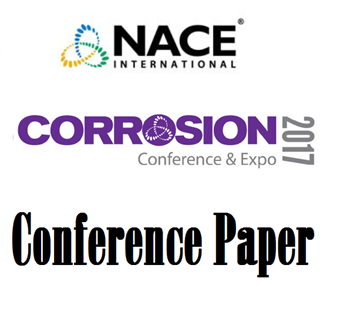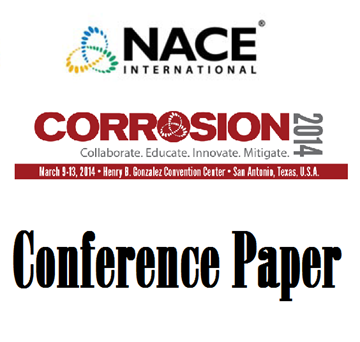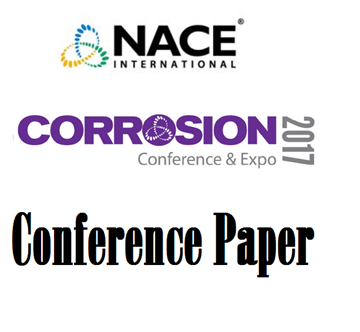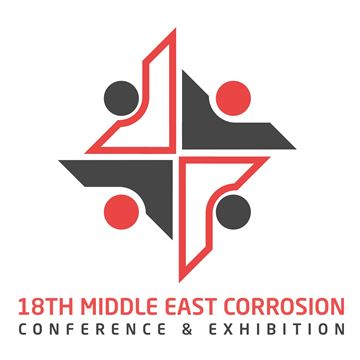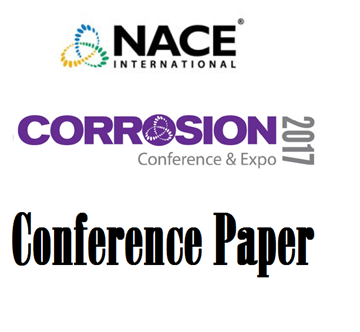Search
Products tagged with 'carbon steel'
View as
Sort by
Display
per page
Corrosion Inhibition of Pipeline Steels Under Supercritical CO2 Environment
Product Number:
51317--9153-SG
ISBN:
9153 2017 CP
Publication Date:
2017
$20.00
Corrosion issues in the conversion of vegetable and waste oils to produce biofuels
Product Number:
51323-19308-SG
Publication Date:
2023
$20.00
Corrosion of Carbon Steel and Alloys in Ammonium Chloride Salt
Product Number:
51314-4007-SG
ISBN:
4007 2014 CP
Publication Date:
2014
$20.00
Corrosion of Pipelines in a Crude Oil Storage Facility
Product Number:
51323-19554-SG
Publication Date:
2023
$20.00
Corrosion Susceptibility Assessment of Tank 241-AN-106 in Supporting Double-Shell Tank Corrosion Control at Hanford Site
Product Number:
51323-18786-SG
Publication Date:
2023
$20.00
Development of a Corrosion Control Program for Liquid Radioactive Wastes Stored in Carbon Steel Waste
Product Number:
51317--9688-SG
ISBN:
9688 2017 CP
Publication Date:
2017
$20.00
Development of a Versatile Continuous Application Based Corrosion Inhibitor to Mitigate Top-of-the-Line Corrosion under Both Sweet and Sour Operating Conditions
Product Number:
MECC23-19972-SG
Publication Date:
2023
$20.00
Effect of Acetic Acid on Sour Corrosion of Carbon Steel
Product Number:
51317--9318-SG
ISBN:
9318 2017 CP
Publication Date:
2017
$20.00
Effect of Acridine and Myristic Acid on CO2 Corrosion During Intermittent Oil/Water Wetting
Product Number:
51323-19192-SG
Publication Date:
2023
$20.00
Effect of Chloride on the SCC Behavior of Carbon Steel Welds Exposed to Concrete Pore Water under Anoxic Conditions
Product Number:
51323-19029-SG
Publication Date:
2023
$20.00
Effect of Dissolved Oxygen on Carbon Steel Corrosion and Particulate Formation. Part 1: Rotating Cylinder Electrode Experiments
Product Number:
51324-20718-SG
Publication Date:
2024
$40.00
Effect of Elevated Temperatures (30-80°C) on CO2 Corrosion after Intermittent Oil/Water Wetting
Product Number:
51324-20967-SG
Publication Date:
2024
$40.00

